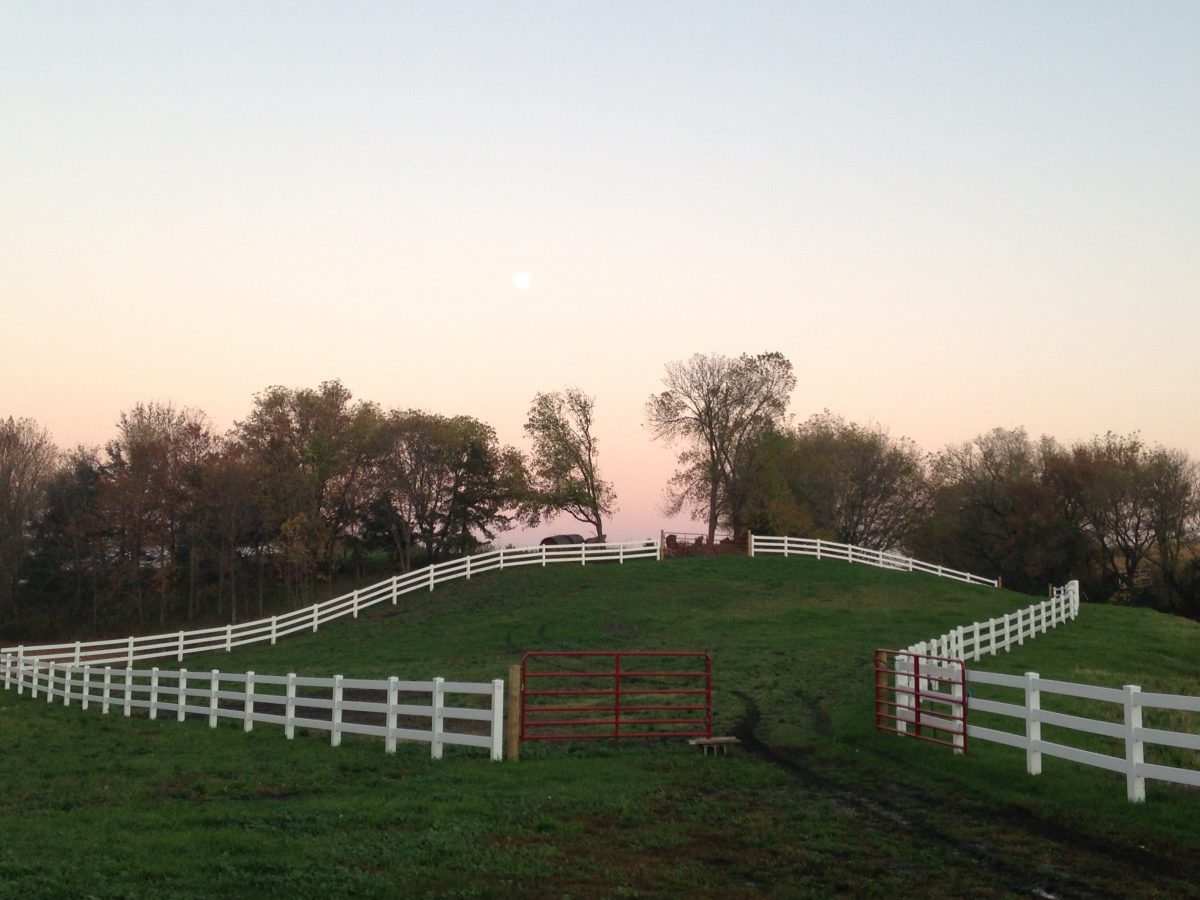Over the past six years there has been a lot of articles written on farmland as a possible investment. Why, because farmland has had incredible profit margins as of late and what once was just considered a piece of ground is now looked at as black gold.
There a number of factors that affect the value of tillable farmland. Growing up on the family farm in Midwest Minnesota in the 80’s I’ve seen the values at extreme lows. Then fast forward to 2012 to see the prices at their height. As an example with variance from county to county, some of the A quality farmland in the 80’s which had values around $800-$1000/acre hit an all-time high in 2012 close to $9,000/acre. More than a 10 fold gain! The stock market can’t touch these profit margins. With investors realizing these incredible profits, we now see several REIT’s (Real Estate Investment Trusts) on the DJIA such as Gladstone Land Corp (LAND), Farmland Partners Inc. (FPI) and American Farmland Co. (AFCO). Institutions, however, still own less than 1% of the $2.4 trillion US farmland market. Their share of the ownership is sure to rise in the future, however sad for the local farmer.
2016 has brought about a slow decline from those 2012 highs. That same ground we’re talking about may now be worth $6,750/acre (a 24% decline in value). So what are the factors involved that cause the prices to fluctuate so much? There are a number of obvious factors but let’s look at some of the not so obvious ones as well.
- Interest Rates: Back in the 80’s it was common for farmers to be borrowing at rates between 18-20%. Today’s rates are substantially lower and have been for some time.
- Strength of the US dollar: When the dollar is high, it costs other countries more money to import our product so we don’t sell as much.
- Commodity prices: Plain and simple, if the commodity prices are low or under break-even levels, the farmers can’t afford to spend as much on land. Back in 2012 when the commodities hit all-time highs so did land prices follow.
- Tiling: More and more, tiling has become a significant factor involved in calculating land values. Can the farm even be tiled? Does it have wetlands that are farmable or not? If it is tiled, is it pattern tiled?
- Location: Location in the real estate business is also a huge deal which applies to farmland. Is it right next to other farmland that is owned? Farms typically only change hands every 50 years, so if it comes up for sale, people jump on the opportunity. There are several other factors that come into play with location, but I won’t go into all of them.
- Size of the piece: With today’s farmers using larger and larger equipment, the size and structure of the piece is important. It’s hard to get a farmer to drive 10 miles to farm a 20 acre piece or a piece that is really broken up.
- Shape of the piece: Farmers want straight rows. So the more square and bigger the piece, the better.
- Neighbors: It goes without saying that a good neighbor means a lot and a poor neighbor can cause a lot of grief and trouble.
- Soil Types: In the Midwest we have a soil type grading system using CPI (Crop Production Index), A soil score of 90 or above is considered A quality soil for example. The A quality ground has been holding it’s value longer and stronger than the lesser quality ground.
- Strength of Community: The where with all of the neighbors and community plays a big role in farmland prices. They are your first most likely people to be interested in the farm, so if they are sitting well financially, the possible land sale will bring a higher dollar.
- Crops grown/chemicals used on farm: Some crops take more of the soil’s nutrients and/or water out than others. For example, sugar beets can deplete the moisture level more than does corn or soybeans, so you wouldn’t want to put a sugar beet crop in two years in a row. You also need to keep track of chemicals used as some can stay in the soil for years and affect the crop negatively.
- World food demand: China has been in the news a lot regarding their growing population. One result of this is that they will have a much larger need for protein which will drive the need for additional row crops to feed the livestock (protein).
- Stock market: When the stock market is bearish, investors look other places to invest their money and vice versa. So investing in farmland has become another place they have come to land on.
- Property Taxes: Taxes have fluctuated a lot lately with the prices of land rising so fast and now declining. They vary quite a bit from county to county.
- Yield data: As of late, this has become an important factor. With the instant data farmers are now able to utilize while they are harvesting, potential buyers will pay more for the land if they know the yields are impressive.
- Weather: This of course is something no one can control, but does play a big role in the values. If the outlook for the summer is a drought, farmers or investors typically won’t pay as much if the future of their crops doesn’t look great. Currently from experiencing El Nino to transitioning to La Nina, some people are a little cautious of a hot and dry summer outlook.
- Accessibility: Again with the size of the equipment, some approaches are too small for today’s implements. Is it on a tar or gravel road? Do you have to go thru a building site to get to it? All these things play into the value.
- Current Demand: How much land is currently for sale?
- Tenant practices: Was the previous tenant a good steward of the land? Did he or she replenish the fertilizer and control the weeds for example?
- Other uses: Sometimes the land you buy could have other highest use possibilities for the present or future. There are government programs that can be utilized such as CRP, RIM or Fish and Wildlife easements to name a few. Sometimes there are minerals on the property that at the right time, could be mined including gravel and oil. Some land also has commercial possibilities. It’s best to keep an open mind and think about the best and highest use
With all these factors and I’m sure more I have forgotten, it’s hard telling where the prices will go. Call us or email us and give us your feedback. In the farming community there is up years, down years and everything in between. But all in all, it is our opinion that the farmer is in a much better place compared to the 80’s and we are looking forward to a bright future for the ag community.
~ By Kristi Jo Block on behalf of Fladeboe Land

